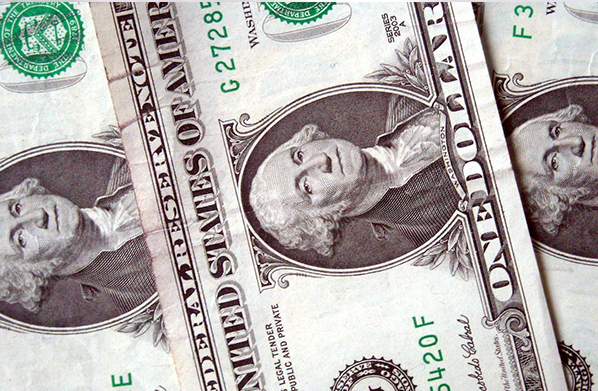TV character George Jefferson of the series about a well-do-do African American family "moved on up" back in the 1970s, inspiring generations of African-Americans to see that the penthouse was within their reach.
Though a Jefferson was a TV character, there is a new class of millionaires-in-the-making who look different from today’s actual millionaires. This class is increasingly more female and more racially diverse.
Examining investors with $50,000 to more than $10 million, a new study reveals interesting traits about our nation’s up-and-comers. Those on the cusp of affluent investing or millionaires-in-the-making have a median portfolio of $250,000 in investable and retirement assets. More than two-thirds are female and one quarter is non-white. They’re also relatively young with an average age of 40 (i.e., Generation Xers). Like current millionaires, they pursued careers in information technology, accounting, and finance; they're self-made. Their average income is $125,000 or 2.5 times the median U.S. household income.
As USA Today reports, we can learn a few lessons to get us on that track:
The millionaires-in-the-making include more women and minorities than today's millionaires, according to the survey of 1,064 investors with $50,000 to more than $10 million in total investable assets. The survey was conducted by Bellomy Research for Fidelity Investments to try to pinpoint affluent investors' attitudes and behaviors.
"More women are on track to become millionaires in the future," says Fidelity Executive Vice President John Sweeney.
…
The findings show that:
• 68% of the emerging affluent investors are women, vs. 40% of those who are currently millionaires.
• 75% of the emerging affluent are white, vs. 91% of current millionaires.
• The emerging affluent are an average of 40 years old; millionaires, 62.
• Only 1% of the emerging affluent are retired, compared with 51% of current millionaires.
…
Many people aren't millionaires-in-the making and haven't saved enough for retirement. About 36% of workers have less than $1,000 in savings and investments that could be used for retirement, not counting their primary residence or defined benefits plans such as traditional pensions, and 60% of workers have less than $25,000, according to a study from the non-profit Employee Benefit Research Institute.
What does or should the budget for those millionaires-in-the-making look like? Bloomberg makes recommendations in How Much Can You Afford? on how much households with $125,000 in income should spend on major spending categories such as mortgage/rent to vacationing each year. (It certainly wouldn’t lure Robin Leach to profile these individuals on an episode of Lifestyles of the Rich and Famous nor might MTV’s Cribs stop by to film them. However, it’s comfortable.)
Recently, new research on the differences in wealth between whites and people of color stirred up a firestorm of progressive criticism of trickle-down economic policy. As the Wall Street Journal explains, white families are still more than twice as likely as Hispanic and black families to have wealth defined as assets minus liabilities above the median U.S. level and that’s according to the St. Louis Federal Reserve which analyzed data from 1989 to 2013. Differences in age or education levels don’t explain the racial and ethnic wealth disparities; these persist even if you’re looking at older and better-educated blacks, Hispanics and whites.
Too many Americans are still struggling in our nation despite an economic recovery. This report is a bright spot and reminder that, while there is much work to do to ensure that all families are earning a comfortable living, many Americans –particularly women and people of color- are moving on up and carving out a path for others to follow. Let's not call modest success failure. This is encouraging news. A good economy with more opportunities would allow us to see more of these millionaires-in-the-making.


